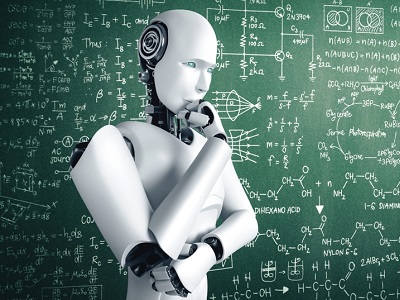

What Does “Machine Learning” Mean in AI?
We’ve all heard the term “machine learning” — but what does it really mean? Is it about robots taking notes in class? Not quite! This quiz will walk you through how computers actually learn, make predictions, and even improve themselves over time. Don’t worry — you won’t need a PhD or a supercomputer to get started.
We’ve kept things simple, fun, and full of real-life examples you’ll recognise, like how your phone guesses your next word or how apps get smarter the more you use them. Ready to find out what machine learning is really all about? Let’s go!
Ready for more?
not all...
quizzers. Try to win a coveted spot on our Hall of Fame Page.






